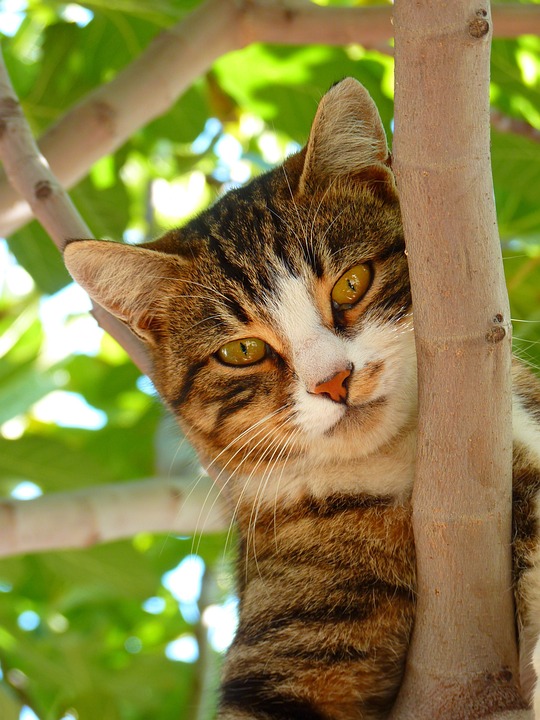Scruffing behavior in cats can be a puzzling behavior for many pet owners. In order to ensure the well-being of our feline companions and maintain a harmonious relationship, it is crucial to understand why cats exhibit this behavior, how it can be used appropriately, and debunk common misconceptions surrounding it.
One of the main reasons cats scruff is due to their natural instincts. Mother cats often use this technique to carry their young, providing a sense of security and control. This instinctual behavior remains with cats into adulthood.
Another reason cats may scruff is for handling and restraint purposes. Veterinarians and experienced cat handlers may use scruffing as a method of temporary immobilization during medical procedures or grooming sessions. This helps reduce the risk of injury to both the cat and the handler.
Cats may also scruff each other as a display of dominance, particularly in multi-cat households or during territorial disputes. This behavior is a way for cats to establish hierarchy and assert their dominance.
While scruffing can be a useful technique, it should only be used when necessary and with caution. When scruffing a cat, it is important to use a gentle yet firm grip. Excessive force or pulling can cause discomfort or injury to the cat. Scruffing should only be used for brief periods to prevent unnecessary stress or anxiety in the cat. Once the situation is resolved or the purpose is fulfilled, the cat should be released immediately. Providing positive reinforcement, such as treats, praise, or affection, after scruffing can help the cat associate the experience with something positive and reduce any potential negative effects.
There are several misconceptions surrounding scruffing behavior in cats that need to be addressed. Firstly, when done correctly, scruffing does not harm or hurt cats. However, excessive force or rough handling can cause discomfort or injury. It is important to always use a gentle touch and avoid pulling or yanking on the scruff.
Secondly, scruffing should never be used as a form of punishment. Cats do not associate scruffing with discipline, and using it in this manner may lead to fear or aggression.
Thirdly, scruffing may not be appropriate for all cats, especially those with medical conditions or physical limitations. It is advisable to consult with a veterinarian or a professional cat behaviorist to determine if scruffing is appropriate for a specific cat.
Lastly, regular handling of cats should not involve scruffing. Cats require gentle and respectful handling to build trust and maintain a positive bond with their owners. Scruffing should be reserved for necessary situations, such as medical procedures or grooming, and alternative handling techniques should be used for everyday interactions.
Understanding and appropriately using scruffing behavior in cats is crucial for their well-being and the maintenance of a healthy owner-pet relationship. It is important to prioritize the cat’s comfort and happiness, and to consult professionals when in doubt.








